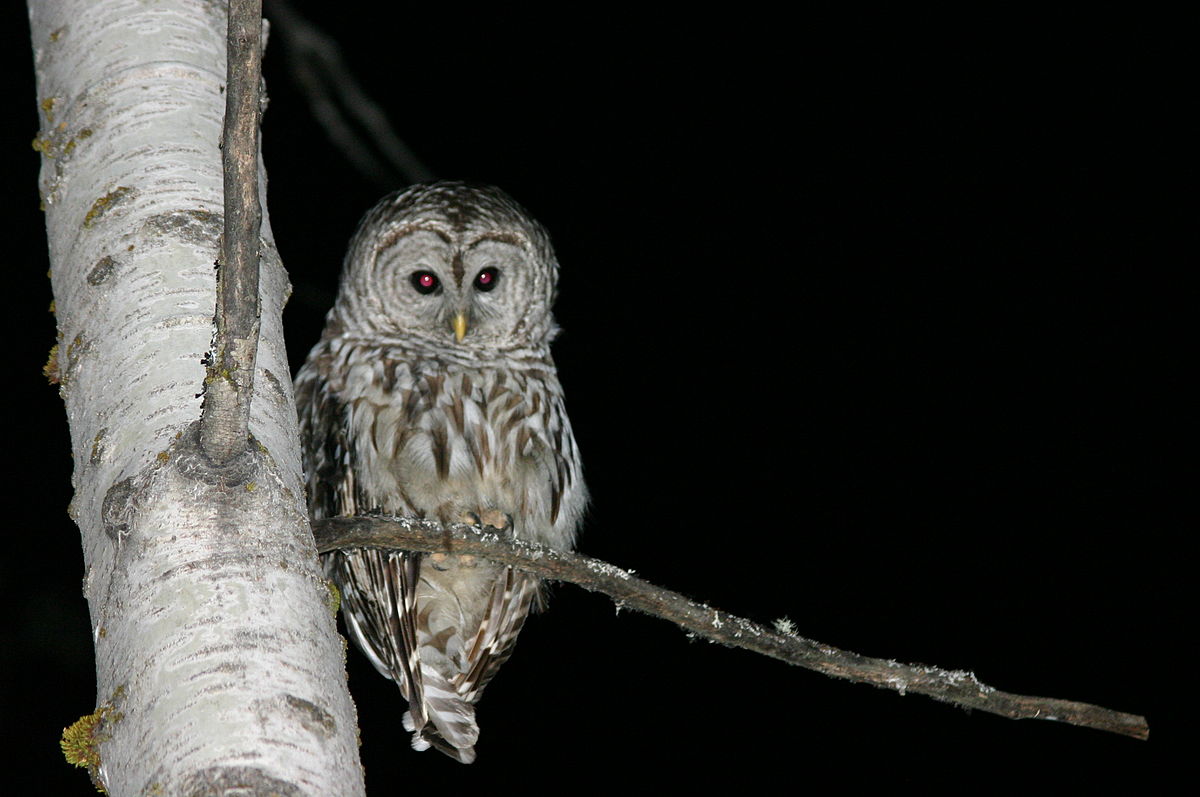Offer
Provide additional details about the offer you're running.
Provide additional details about the offer you're running.
Provide additional details about the offer you're running.

Feature Image By Wing-Chi Poon (Own work) [CC BY-SA 2.5 (http://creativecommons.org/licenses/by-sa/2.5)], via Wikimedia Commons
Owls are very popular birds and easy to identify, however, they are nocturnal and nest early in the season, this makes Owls difficult to monitor. These important raptors are directly affected by changes in forests, and owl population studies are essential for conservation.
The national nocturnal owl survey has over 1000 volunteers that spend one spring evening counting owls. The observations made by these volunteers help document population trends of owls and their breeding environment as well as their limitations. With the findings from the survey, sound conservation strategies will be developed for owls in need as well as evaluating the effectiveness of current management programs that are in place.
In Canada, several regions have established a volunteer-based program that surveys breeding activity for owls. In 2001 Ontario had 172 surveyors participate in the Ontario Nocturnal Owl Survey (275 routes run). In British Columbia and southern Yukon, 177 owlers listened at 2072 stops and heard 308 owls of eight owl species. Manitoba’s Nocturnal Owl survey had 91 participants who surveyed 57 routes and there were 0.27 owls/station surveyed. Alberta’s volunteer program has run two pilot years, with 25 volunteers and 30 transects. New Brunswick’s Nocturnal Owl Surveys had 170 participants survey 84 routes and on Cape Breton 30 volunteers surveyed 22 routes.
These surveys have been an effective means of monitoring owls. This event is designed for broad monitoring of owl population distribution, habitat use, and any changes in these over time. The guidelines for the Nocturnal Owl Survey will be integrated into the North American Raptor Monitoring Strategy that is currently being developed through the United States Geological Service, Raptor Research Foundation, Snake River Field Station, and Boise State University, & Raptor Research Center.
If you would like to participate in the Nocturnal Owl Survey please visit the Birds Canada website where you can get all the details as well as a guide to Owl Monitoring in North America.
High Quality Blend